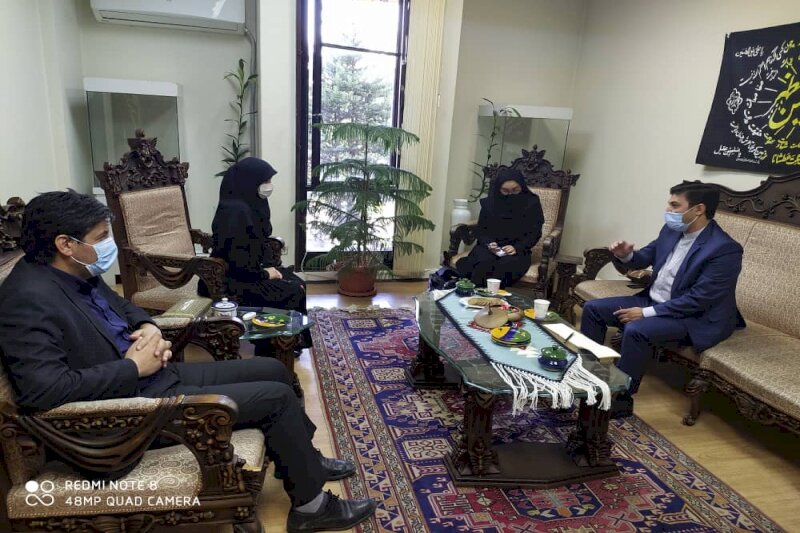Iran seeks to expand handicrafts market in southern China

TEHRAN – Iran seeks to expand handicrafts exports to southern China, including Guangzhou province, mainly through holding exhibitions and selling products online.
The scheme is based on a previously-discussed initiative “One Belt and One Road Intangible Cultural Heritage Exchange” aimed to revive the glory of arts, architecture, and civilizations along the ancient Silk Road, the Cultural Heritage, Tourism and Handicrafts announced in a press release.
The deputy tourism minister, Pouya Mahmoudian, and the newly-appointed consul general in Guangzhou, Hossein Darvishi, discussed ways to formulate and implement the plan as well as utilize untapped potential for exporting handcrafts to the Chinese metropolis in a meeting held in Tehran on Tuesday.
Mahmoudian reminded the excellence of Iranian handicrafts with world markets as a prerequisite for hitting into targeted markets, saying: “Considering the position of Iranian handicrafts in the world and the interest of the Chinese people to bargain luxury Iranian handicrafts, they should hit the Chinese market through participating in exhibitions and fairs; supplying to stores via suitcase trade and official exports; and also laying the necessary infrastructure for online sales of Iranian handicrafts to China.”
Mahmoudian attached great importance to China’s initiative “One Belt and One Road Intangible Cultural Heritage Exchange”, adding “Given the influence of Iranian handicrafts, drawing an intelligent cooperation model can increase the influence of Iranian handicrafts in Chinese markets.”
Darvishi for his part briefed about economic prosperity in the southern Chinese city, as well as its trade and technology, concluding “We will use all the facilities to introduce Iranian handicrafts and help to boost trade in this realm of arts and industry.”
Iran exported $523 million worth of handicrafts during the past calendar year 1398 (ended March 19), according to data compiled by the handicrafts ministry. Of the figure, some $273 million worth of handicrafts were exported officially through customs, and about $250 million was earned via suitcase trade (allowed for customs-free and tax-free transfer) through various provinces.
Last year, Iran’s tourism minister Ali-Asghar Mounesan said that the Islamic Republic backs China’s initiative for reviving the glory of the ancient Silk Road, which existed for thousands of years, passing through many different empires, kingdoms, reigns, and societies throughout history. And, as one of the countries under the China-proposed Belt and Road Initiative (BRI), Iran enables cultural communication between the East and the West.
UNESCO says that the ancient Silk Road has connected civilizations and brought peoples and cultures into contact with each other from across the world for thousands of years, permitting not only an exchange of goods but an interaction of ideas and cultures that has shaped our world today.
AFM/MG
